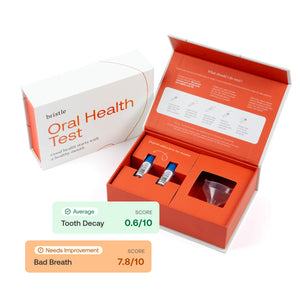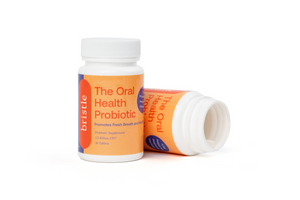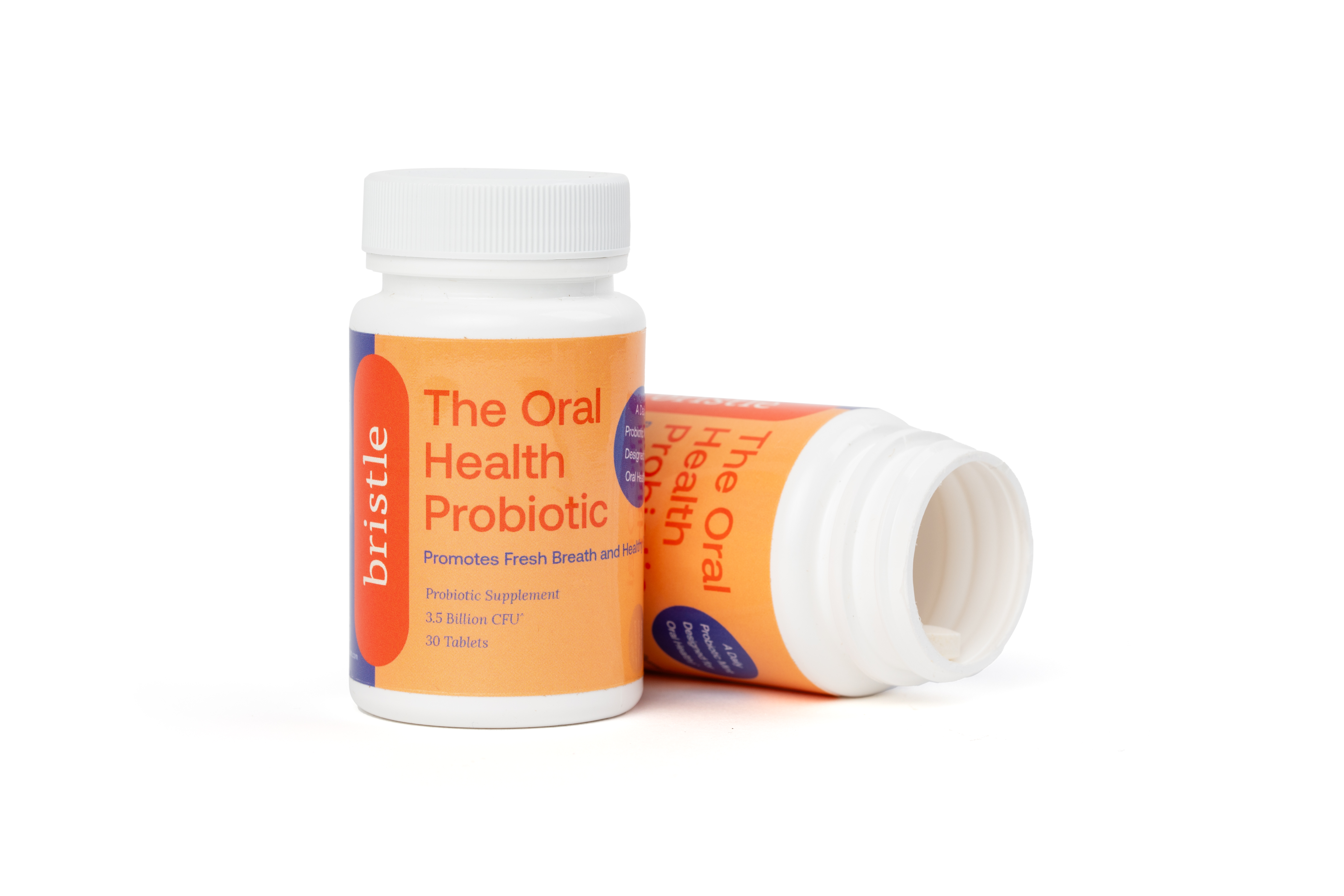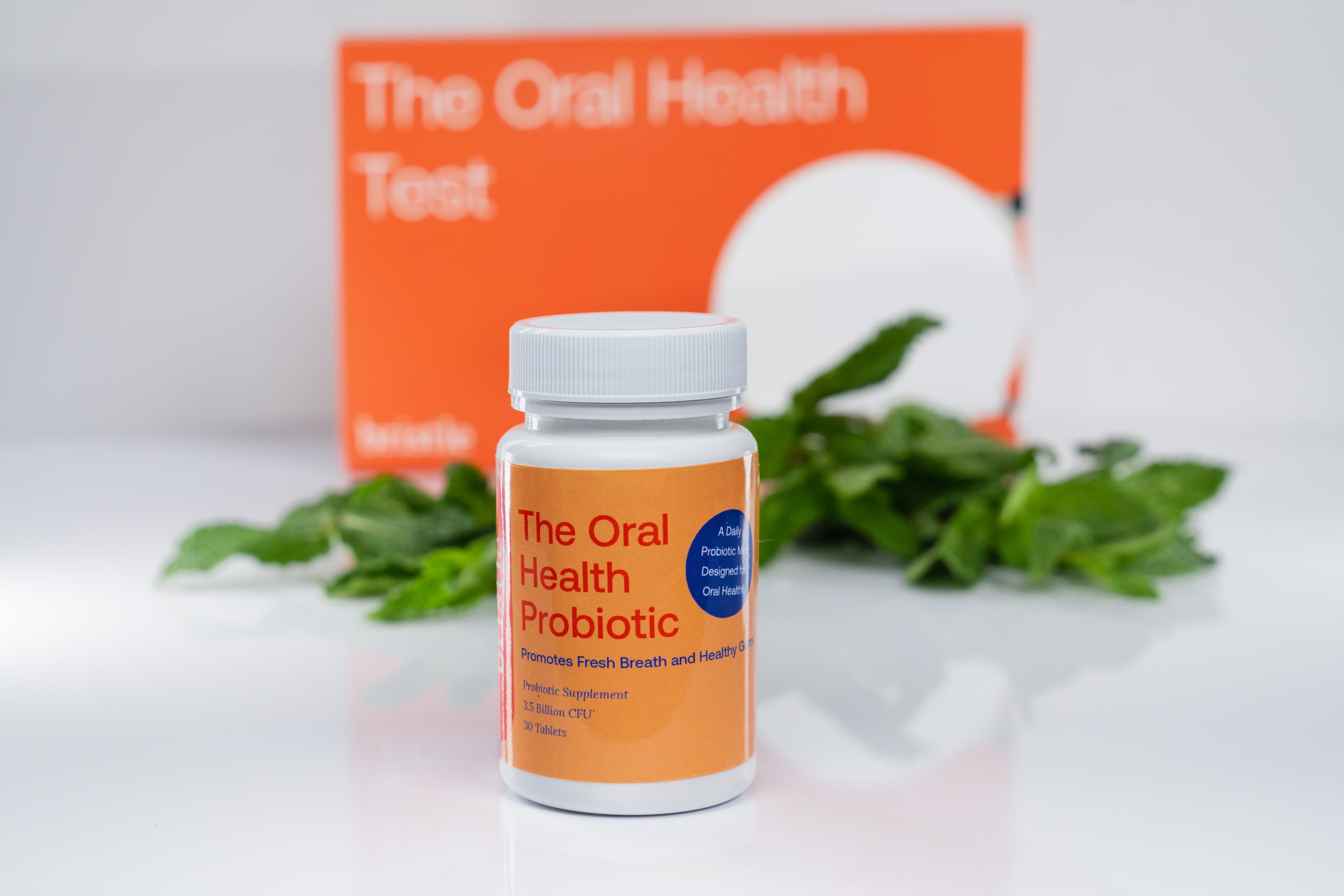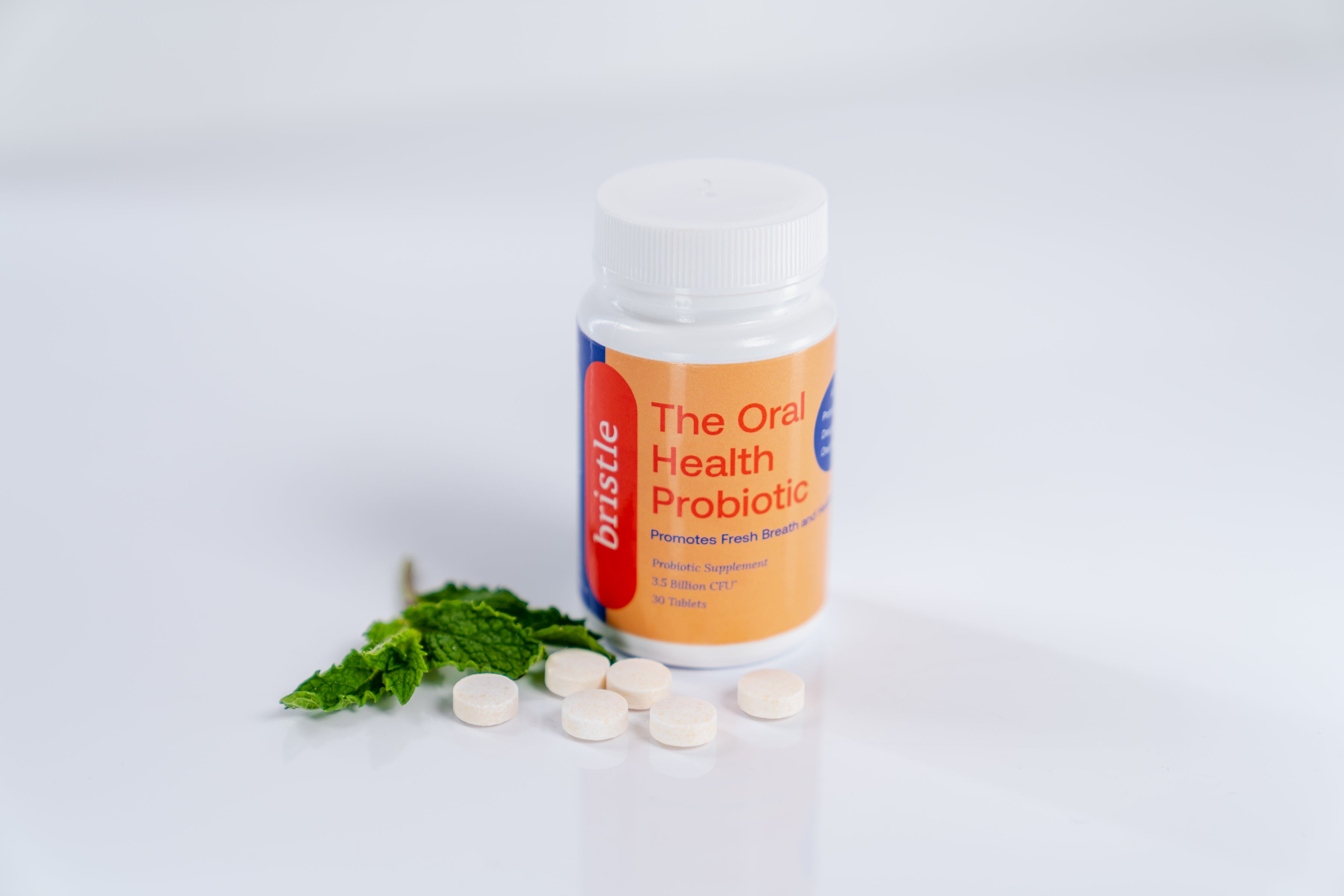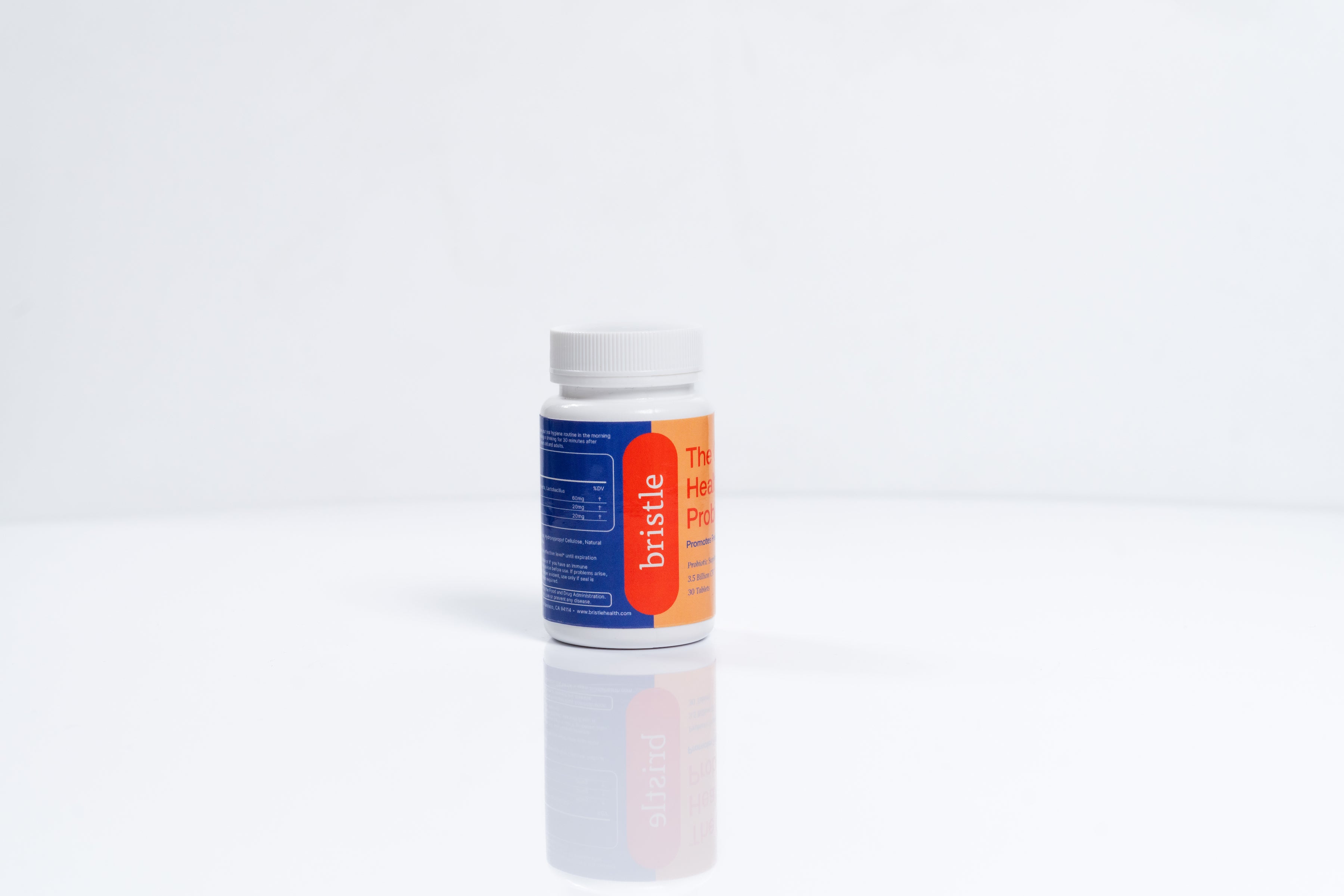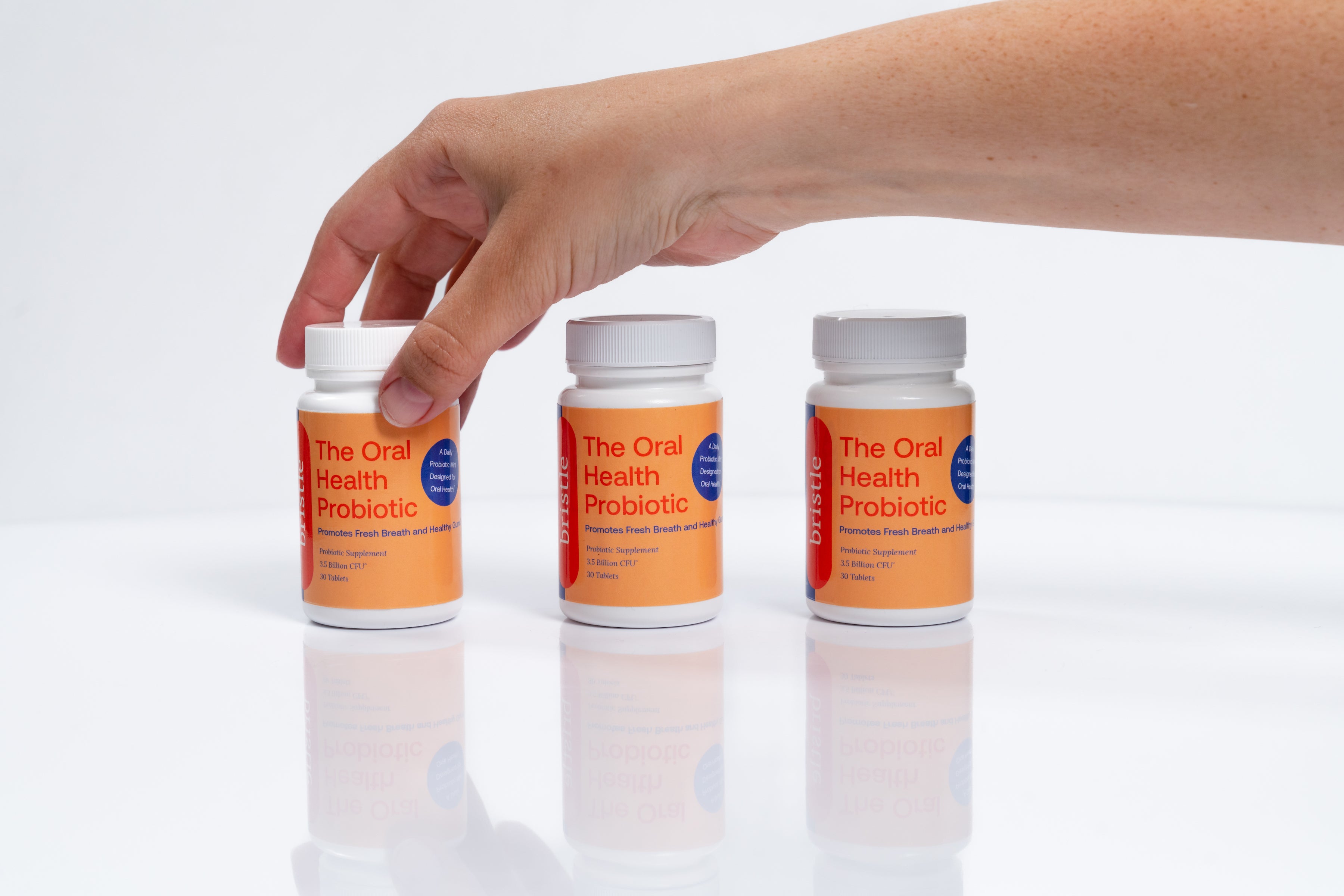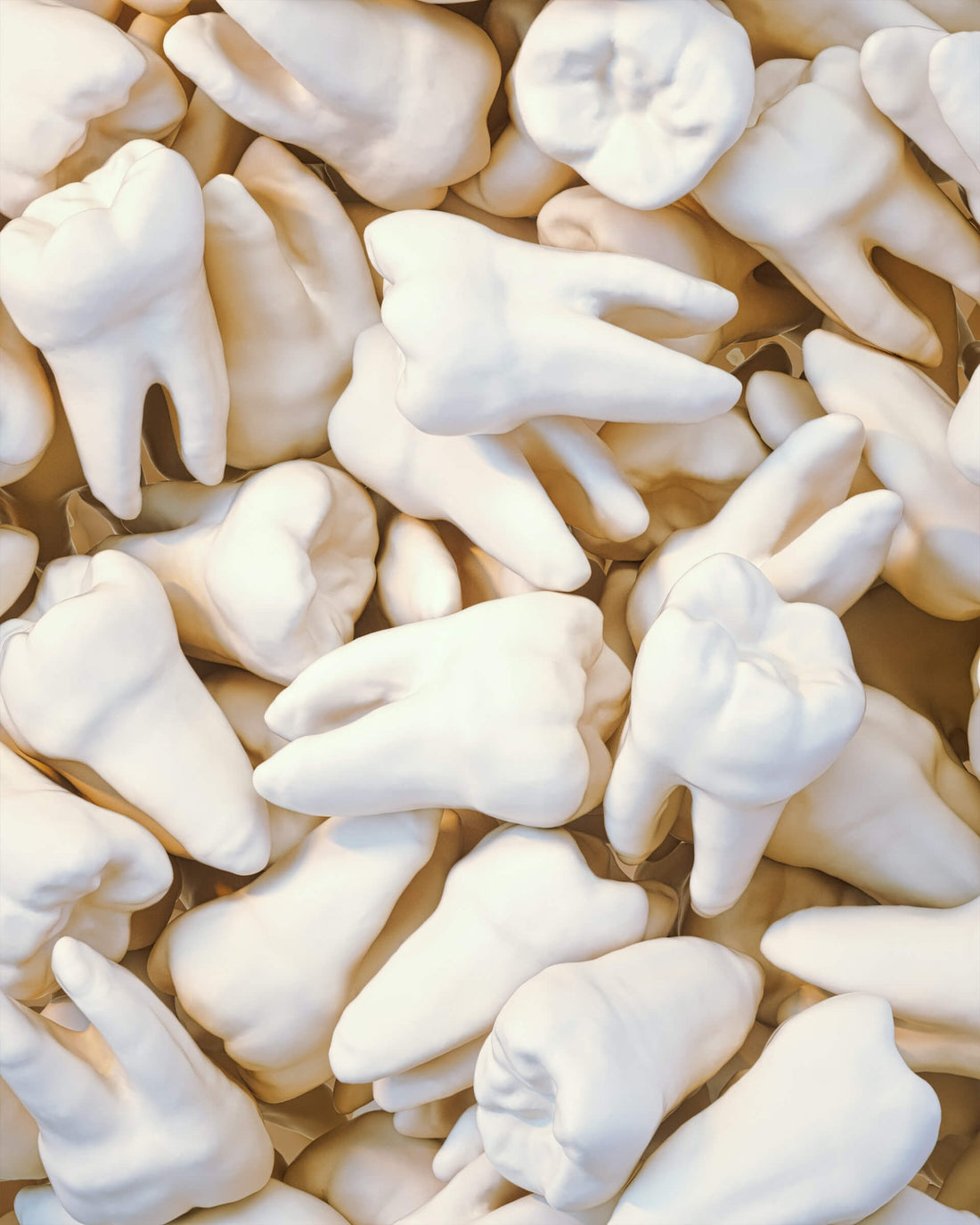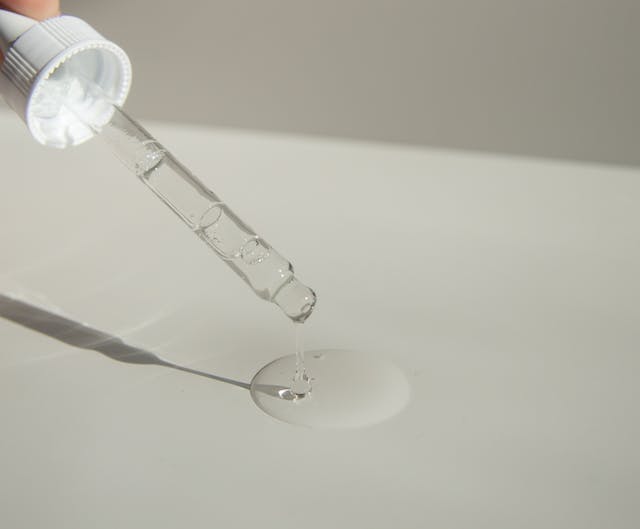When it comes to oral care, it’s easy to only think about our teeth and forget that our gums are equally important to maintain a strong, healthy mouth. After all, it’s the gums that protect your teeth and hold them in place. Without healthy gums, the roots of your teeth will be exposed to bacteria and food debris and it can eventually lead to tooth decay or even tooth loss. Hence, it’s vital to pay attention to your gum health and get yourself checked at the earliest signs of disease.
In this post, we’ll be discussing two common gum diseases that can cause bleeding gums and will provide tips on how to prevent these conditions.
Why do my gums bleed when flossing?
It can certainly be alarming to see blood coming out of your gums when you floss your teeth. While this can be a completely normal occurrence if it’s your first time flossing or if you haven’t flossed in a long time and should only be of concern if bleeding continues for several days. And it’s good to know if you see a little blood it doesn’t mean you should stop flossing. Quite the contrary, you should continue the practice to keep your teeth, as well as gums, clean. Just keep an eye on your bleeding gums and take note of how often they bleed and if there are any noticeable changes such as swelling. If you think there are signs of gum disease, it’s better to consult a dentist.
Are bleeding gums always a sign of gum disease?
While gum disease is the usual culprit of bleeding gums while flossing, there can be various other reasons that can cause this condition. In the simplest case, you might be a little bit aggressive with your flossing or the bristles of your toothbrush are a bit too stiff so they might have bruised your gums. Another reason for blood on the gums can merely be ill-fitting dentures. In these instances, the remedy is quite straightforward. It’s as simple as practicing to be gentle with your flossing and brushing routines or changing your dentures.
However, if bleeding persists for a long time or is getting worse, we can suspect gum disease or another underlying condition such as leukemia, vitamin deficiency, or the use of blood thinning medications [1].
Gingivitis vs periodontitis: What’s the difference?
Periodontal diseases are fairly more common than you might think. In fact, CDC reports that around 47% of adults 30 years and above suffer from some form of gum disease [2].
Gingivitis and periodontitis are two main gum diseases that can result in bleeding gums. If left untreated, these conditions can lead to tooth loss and therefore, it’s important to get your gums checked if you see any continuing signs of gum irritation. In this section, we explain what these diseases are, how they can affect your oral health, and how you can spot them at the earliest signs.
Gingivitis
Gingivitis is a common periodontal disease that results in irritation and inflammation of the gums [3]. It’s usually seen around the base of your teeth and the usual symptoms include [4]:
- Bleeding gums
- Swelling of the gums at the base of the teeth
- Redness of the gums
- Tender gums
- Bad breath
- Sensitive teeth
Gingivitis results from inadequate brushing and flossing of teeth. Certain factors such as smoking, chewing tobacco products, age, and vitamin deficiencies can increase the risk of this condition [5].
Periodontitis
If not properly treated in the early stages, gingivitis can progress into an infection that spreads deeper into the gums and the bone underneath. This condition is called periodontitis and it is a more severe form of gum infection that can eat away the tissues at the base of your teeth [6]. It can even degrade the bone in which your teeth are embedded, leading to loose teeth or even falling out of teeth.
Most of the symptoms of this condition are more or less similar to those of gingivitis, but they can be more extreme. Additionally, there can be puss-filled abscesses on the gums, loose teeth, or pain while chewing [6]. The gums may look pulled away from the teeth, forming periodontal pockets [7].
Smoking, a history of diabetes, genetics, and hormonal changes can increase the risk of periodontitis [7].
What causes bleeding gums?
The leading cause of gum diseases is poor oral hygiene practices [8]. If your brushing and flossing habits are not up to par, food debris can get collected on the teeth surfaces and between teeth. This causes oral bacteria to form a thin, sticky film called plaques on your teeth [9]. These plaques can re-build rapidly if you don’t brush and floss daily. Moreover, if you don’t remove these films frequently enough, they can harden, and develop into more permanent deposits around the gums which are called tartar [5].
Tartar build-up is usually hard to clean on your own and you will need to get them professionally removed. If left uncleaned, it can trap harmful bacteria underneath, creating sort of a protective layer for them [5]. Bacteria also get collected inside the periodontal pockets between the teeth and gums [7]. These bacteria then start eating away the gum tissues and the bone that support your teeth. This can lead to gum irritation, inflammation, or in more severe cases, tooth loss.
How to prevent gum diseases?
Gum diseases can be easily avoided by improving your oral healthcare habits. Following are some things you can do to keep your gums and teeth healthy.
Brush and floss daily.
You can keep plaque buildup at bay with a healthy oral hygiene routine of brushing and flossing your teeth daily. This will prevent it from hardening into tartar and will keep your gums healthy in the long run. However, make sure to use gentle movements and brush with a soft-bristled toothbrush.
Visit your dentist regularly.
It is important to get your teeth inspected and dental cleanings at least twice a year. Your dentist can catch early signs of gingivitis and can show you how to control it. They can also remove tartar that’s hard to clean at home. Regular visits will ensure that things get properly taken care of and won’t go out of hand.
Employ good general health habits.
Healthy lifestyle habits such as watching your diet to keep the risk of diabetes and vitamin deficiencies low and quitting smoking will be helpful to keep your gums strong. Although these factors don’t directly affect your gum health, they can reduce the risk of developing gum diseases.
Take an oral microbiome test.
Research indicates that a change in oral microbiome towards a more pathogenic bacterial population is responsible for gum diseases along with poor oral habits [10]. Assessing your oral microbiome can identify any signs of bacterial imbalances in your mouth that can lead to gum diseases. This will allow you to receive treatments and control measures tailored to your oral microbiome.
In conclusion, keeping up with your daily oral hygiene habits and minimizing other risk factors can make sure that your gums stay healthy and strong. If you want to keep ahead of the game you can get your oral microbiome analyzed with a home testing kit and get personalized tips to improve your oral health.
References:
[1] “Bleeding gums: MedlinePlus Medical Encyclopedia.” https://medlineplus.gov/ency/article/003062.htm
[2] “Periodontal Disease | Oral Health Conditions | Division of Oral Health | CDC.” https://www.cdc.gov/oralhealth/conditions/periodontal-disease.html
[3] “Gingivitis - StatPearls - NCBI Bookshelf.” https://www.ncbi.nlm.nih.gov/books/NBK557422/
[4] “Gingivitis: Symptoms and How To Treat It.” https://my.clevelandclinic.org/health/diseases/10950-gingivitis-and-periodontal-disease-gum-disease
[5] “Gingivitis - Symptoms and causes - Mayo Clinic.” https://www.mayoclinic.org/diseases-conditions/gingivitis/symptoms-causes/syc-20354453
[6] “Periodontitis - Symptoms and causes - Mayo Clinic.” https://www.mayoclinic.org/diseases-conditions/periodontitis/symptoms-causes/syc-20354473
[7] “Periodontitis (Gum Disease): Symptoms, Stages & Treatment.” https://my.clevelandclinic.org/health/diseases/16620-periodontitis
[8] “Association of oral bacteria with oral hygiene habits and self‐reported gingival bleeding - PMC.” https://www.ncbi.nlm.nih.gov/pmc/articles/PMC9542802/
[9] “Dental Plaque: What Is It, Causes, How to Remove, Prevent & Treat.” https://my.clevelandclinic.org/health/diseases/10953-plaque
[10] “Microbial dysbiosis in periodontitis - PMC.” https://www.ncbi.nlm.nih.gov/pmc/articles/PMC3800425/

